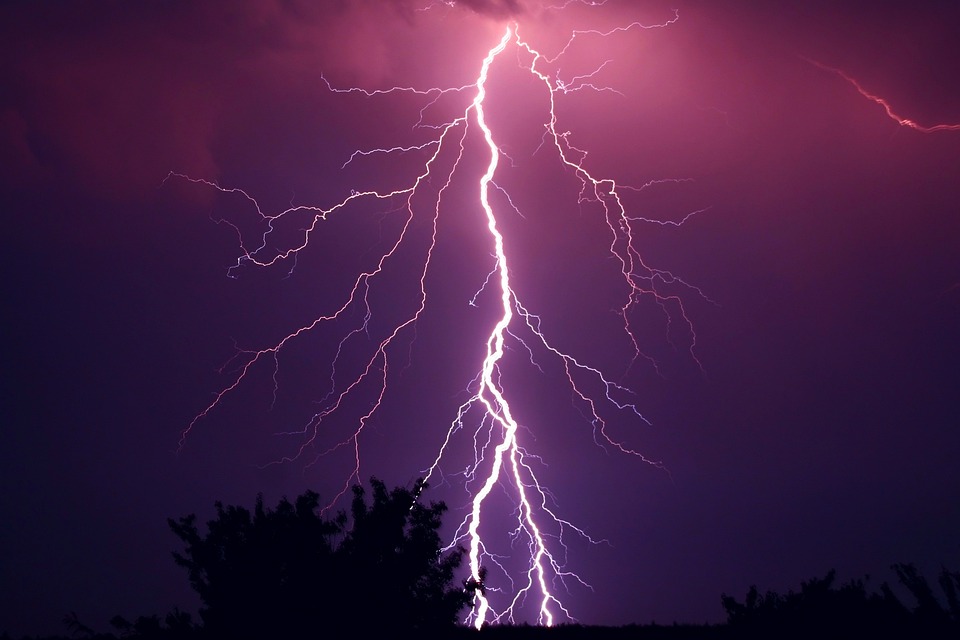Climate Change is Fueling California’s Growing Fire Zone Numbers
California is known for its picturesque landscapes, vibrant cities, and diverse ecosystems. However, in recent years, the state has been facing a growing threat – wildfires. These wildfires have devastated communities, destroyed homes, and claimed lives. And the numbers are only getting worse.
One of the main causes of the increase in wildfires in California is climate change. As the Earth’s temperature continues to rise, so do the risks of wildfires. Warmer temperatures lead to drier vegetation, which provides ample fuel for fires to spread quickly and uncontrollably. In fact, a study published in the journal Earth’s Future found that climate change has increased the frequency of large wildfires in California by 120% since the early 1980s.
The impact of climate change on California’s fire zone numbers is undeniable. The state’s fire season has also become longer and more intense, with fires breaking out earlier in the year and lasting well into the winter months. This prolonged fire season has strained firefighting resources, making it more difficult to contain and extinguish wildfires before they cause catastrophic damage.
The changing climate has also altered wind patterns, leading to stronger and more erratic winds that can spread wildfires rapidly across vast areas. This has made it challenging for firefighters to anticipate and control the direction of the fires, resulting in more damage to homes, businesses, and natural habitats.
In addition to the physical destruction caused by wildfires, there are also significant economic and health impacts. The costs of fighting wildfires and rebuilding communities can be staggering, with billions of dollars spent each year on wildfire suppression and recovery efforts. And the smoke and ash produced by wildfires can worsen air quality, posing serious health risks to residents living near the fire zones.
As California continues to grapple with the increasing threat of wildfires, it is crucial that steps are taken to address the root cause of the problem – climate change. This includes reducing greenhouse gas emissions, investing in renewable energy sources, and implementing policies to protect forests and natural habitats from future fires.
In conclusion, climate change is fueling California’s growing fire zone numbers, leading to more frequent and devastating wildfires. It is imperative that immediate action is taken to mitigate the effects of climate change and protect the state from further damage. Only by addressing the underlying causes of wildfires can California hope to safeguard its communities and ecosystems for future generations.





